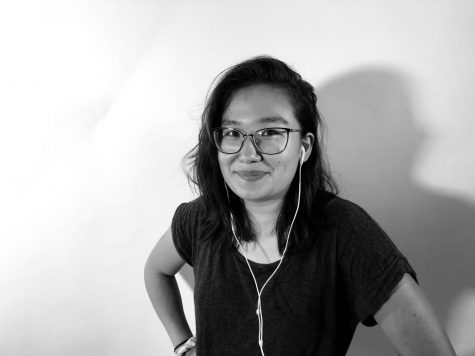Diversity in the House
February 14, 2019
46 seats flipped in the 2018 midterm election. The Blue Wave flipped 43 seats, taking control of the House. The flip was expected, but what was not were the “firsts” that the Democratic representatives brought to the House. This Congress is also the most diverse, with a record number of female, minority, and LGBT+ representatives.
2018 marked the most female House of Representatives, with more than 100 women being sworn in and the first female congresswomen from Iowa. From the first two Muslim congresswomen and the first two Native American congresswomen to the reelection of the first female Speaker of the House, Nancy Pelosi, and the youngest woman ever elected to Congress, Alexandria Ocasio-Cortez, the so-called “Pink Wave” marked the 98th year of many American women earning the right to vote. This change, however, is far from bipartisan, with a majority of the women taking their seats on the left side of the aisle. The Democrats also brought more ethnic diversity to the 116th Congress, with more representation of Muslim, Palestinian, Native American, Black, and Latinx people. This diversity will lead to the de-biasing of decisions, consideration of a wider range of solutions, and more perspectives on issues pertaining to certain people. Having a more diverse group of decision-makers will also make Congress better able to tackle ethical challenges and big problems like immigration and structural violence. Once again, this change isn’t bipartisan; while the percentage of Democratic white men in Congress dropped to 38 percent, the percentage of white, male Republicans rose to almost 90 percent.
All 10 openly LGBT+ members of the 116th Congress are Democrats, with the first openly bisexual person, Kyrsten Sinema, elected to the Senate. The first same-sex mother in Congress, Angie Craig, is also the first openly gay married woman in Congress. The Congressional LGBT Equality Caucus, which was formed in 2008, currently has 115 members, two of whom are Republicans. The caucus’s mission is to ensure “the extension of equal rights, the repeal of discriminatory laws, the elimination of hate-motivated violence, and the improved health and well-being for all regardless of sexual orientation or gender identity and expression,” according to its website. If this goal plays out, it will mean huge changes during this year’s congressional session with more reforms on hate speech and discrimination.
There are several things to take away about the types of people who represent us in our government. With almost five percent of the adult population being openly LGBT+, it’s great that there is more representation of these people in our government. It’s also great that there are now so many young girls and boys who, for the first time, can see themselves in the House. With the 40% of homeless youth identifying as LGBT+, it’s essential for them to know that there are so many options for them. However, people should still keep in mind that a diverse left side of the aisle won’t be a cure-all for hate and discrimination. Many staffers who work for these representatives are far from “diverse.” Regardless, this change will not only bring in a variety of people but a greater diversity in political opinions. This diversity reflects the great melting pot of America.
































